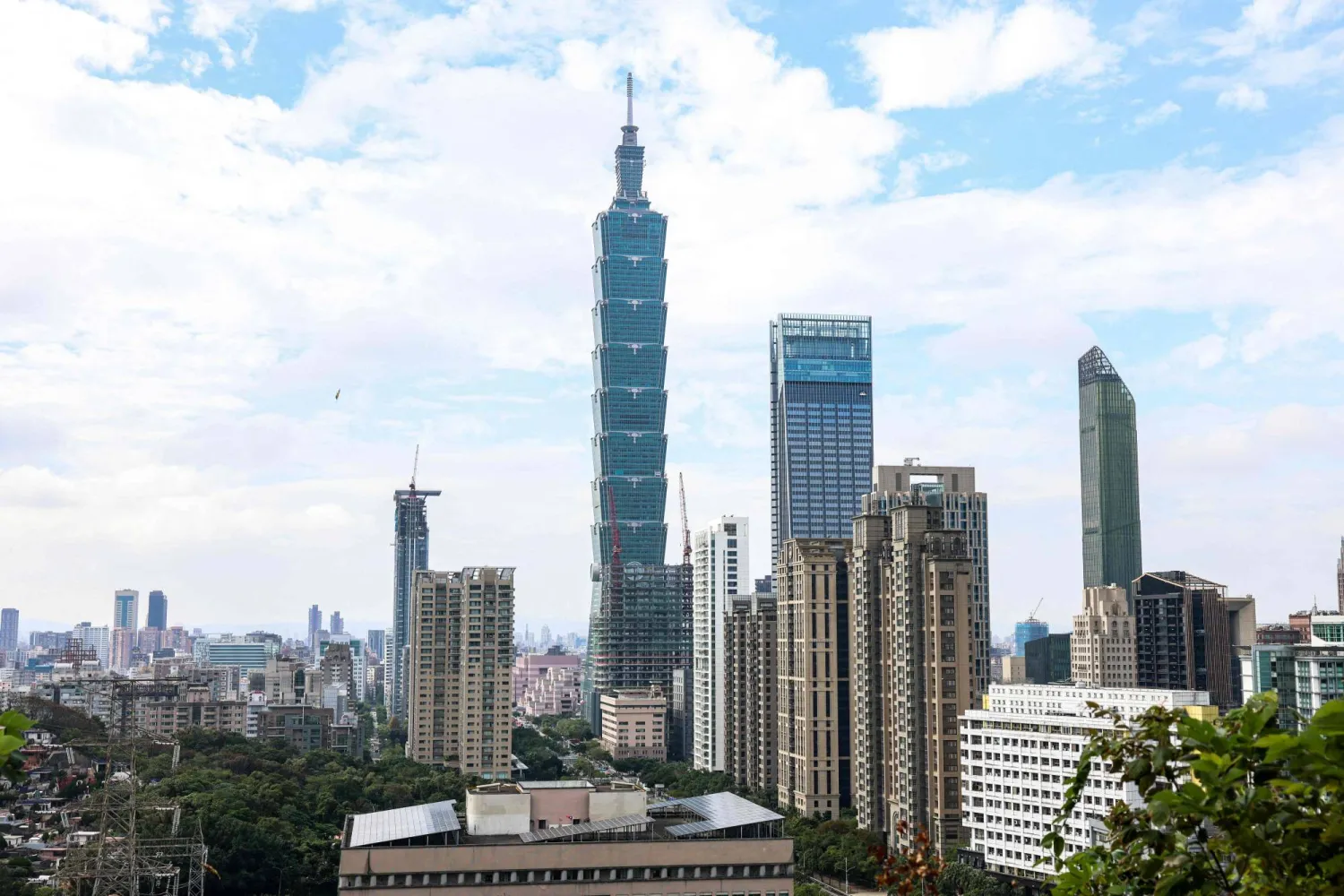An airliner carrying 71 people from Bangladesh crashed and burst into flames as it landed Monday in Kathmandu, Nepal's capital, killing dozens of people with others rushed to area hospitals, officials said.
The death toll remained unclear amid the chaos of the crash and the rush of badly injured victims to nearby hospitals.
Brig. Gen. Gokul Bhandari, the Nepal army spokesman, said 50 people had died and the fate of the others was unknown. But a police official, speaking on condition of anonymity because he was not authorized to talk to the media, said at least 38 people had died, 23 had been injured and 10 were unaccounted for.
An AP journalist who arrived at the scene soon after the crash saw the US-Bangla Airlines twin-propeller plane broken into several large pieces, with dozens of firefighters and rescue workers clustered around the wreckage in a football field near the runway.
Hundreds of people stood on a nearby hill, staring down at what remained of the Canadian-made Bombardier Dash 8.
The plane had circled the airport twice as it waited for clearance to land, Mohammed Selim, the airline's manager in Kathmandu, told Dhaka-based Somoy TV station by telephone.
The cause of the crash was not immediately clear, but a statement from airport authorities said the plane was "out of control" as it came in to land.
US-Bangla Airlines operates Boeing 737-800 and smaller Bombardier Dash 8 Q-400 planes.









